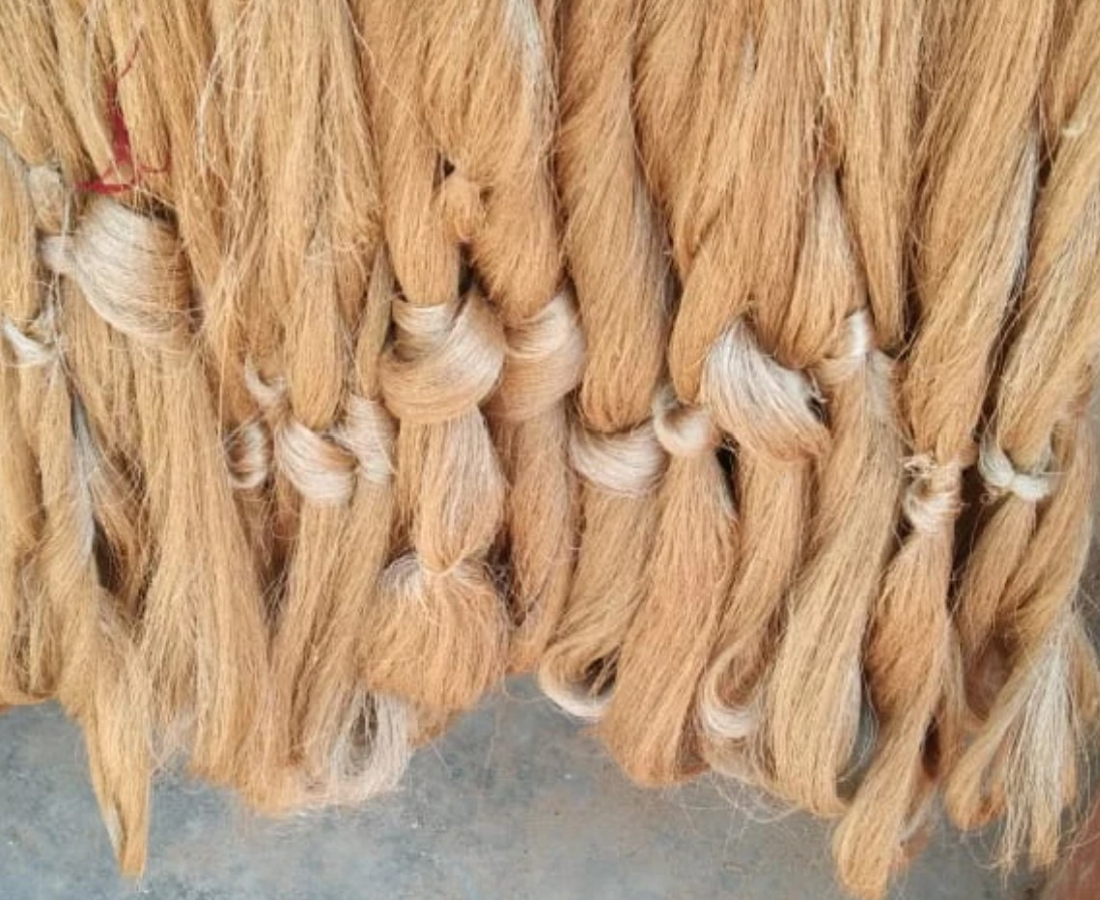
Muga, The Drape of Golden Fibre
Share
The Fashion Industry is dominated by various types of silk productions. Silk farming also known as sericulture is the process of breeding silkworms for producing silk. Sericulture can be observed all over the world. There are different types of silks available however silk is mainly categorised into two groups- Mulberry and Non- Mulberry. Assam is the largest producer of Non- mulberry silk.
There are different categories of non- mulberry silk such as Muga, Pat and Eri. Among these non-mulberry silks Muga is the most critical and rare of its kind. Assam is the only producer of Muga silk in the world since ancient times. The golden fibre or the strands of Mugas are regarded as exclusive. Muga is central to Assamese culture. Its naturally lustrous golden colour makes it extremely unique and can last upto decades. The word ‘Muga’ has been derived from the Assamese word ‘Muga’ meaning yellowish. Muga silk is famous for its radiance, durability and most importantly, its natural golden colour.
Muga silk is made by extracting threads from Muga caterpillar’s cocoons. It is an intense process that indulges labour and expenses due to which it is one of the most expensive silk in the world. The process of producing muga silk involves farmers who buy or collect the seed cocoon at a very high price from various regions of North east India. Due to the unavailability of Muga seeds it has become expensive to purchase. The price of muga seeds has increased in the last few decades as outdoor rearing has become a problem due to change in climate and the unavailability of seeds are one of the main reasons that are causing problems for large scale production.